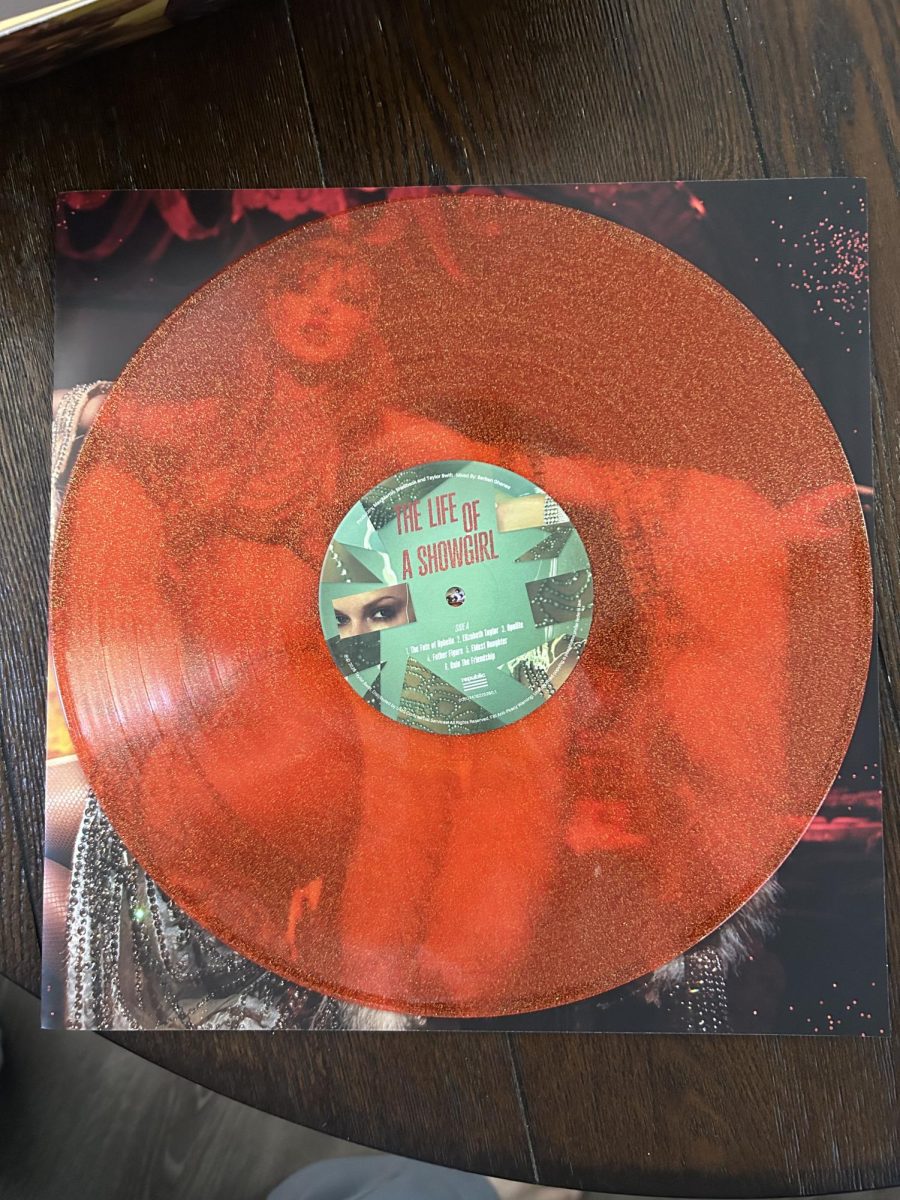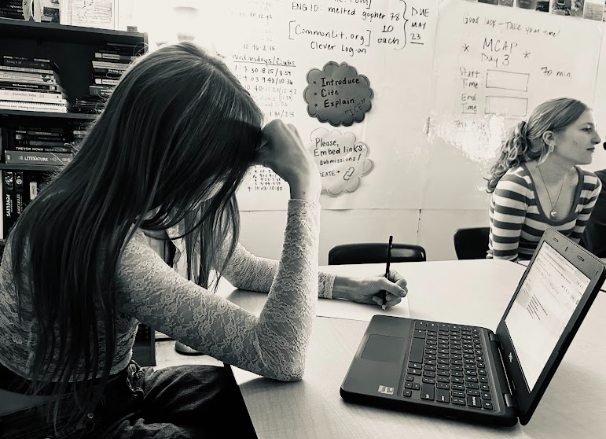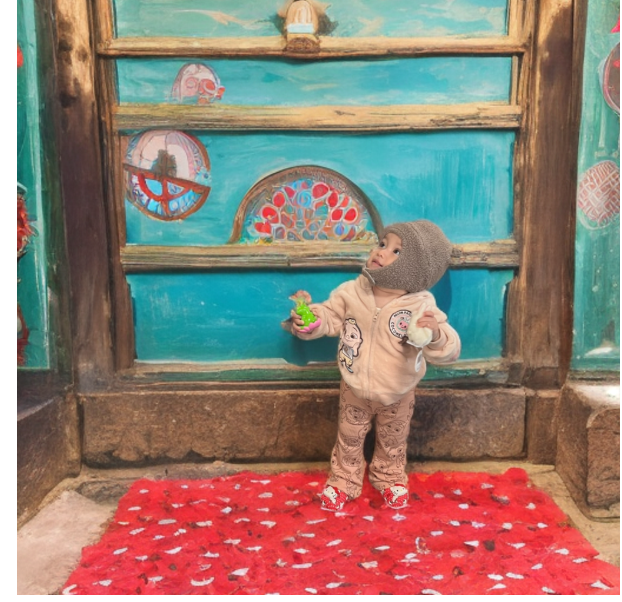Art and Effects on Mental Illness
How Art Can Help
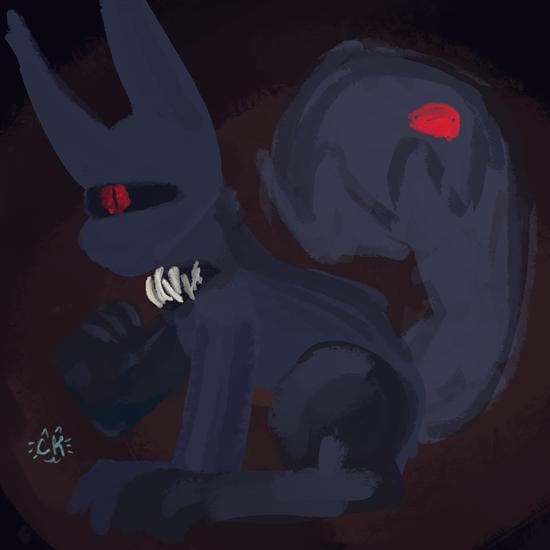
An Artist’s Depiction of Their Anxiety (Elizabeth Bailey)
This article contains potentially triggering topics: mental illness, suicide, and self-harm.
Please be aware of your mental state before reading and reach out to the appropriate source linked below the article.
Mental health disorders come in many forms—going from depression to body dysphoria to ADHD. Your mental health can affect your productivity, your relationships, and your adaptability. Mental illness, which is the collective referral to all diagnosable mental disorders, involves significant changes in how you think, feel and act, and your distress and problems in social activities. They don’t discriminate, and anyone can have one. It is truly a universal condition.
Mental illness is pretty common, and many people suffer from them- the World Health Organization estimates that 3.8% of people worldwide suffer from depression, one of the more common mental illnesses. The American Psychiatric Association even states that, in a given year, nearly one in five (19 percent) U.S. adults experience some form of mental illness, one in 24 (4.1 percent) has a serious mental illness, and that one in 12 (8.5 percent) has a diagnosable substance use disorder. It’s a common thing.
Despite this, many people treat mental illness as something to be ashamed of. It is not. It is just another medical problem, like diabetes or heart disease. It is natural, like other medical problems, but it is not always good.
Suicide is a growing reason people are dying. Suicidal ideation, otherwise known as suicidal thoughts, is not a mental illness by itself. It is, however, a symptom of some mental disorders. The National Alliance on Mental Illness found that nearly half of all people who die by suicide had a known mental health condition- a total of 46%. The World Health Organization also shows that more than 700,000 people die due to suicide every year, and it is the fourth leading cause of death among 15 to 19 year-olds. It is growing too common and there are many signs that go ignored.
There are many reasons why people commit suicide, like a history of it in the family, substance abuse, intoxication, firearm access, chronic medical illness, loss, or prolonged stress. Many suicides happen impulsively, and not all are linked to mental illness, but there are still links. Many people who have experienced violence, abuse, loss, and a sense of isolation are often seen to be vulnerable when it comes to suicide, as well as those in the LGBTQ+ community. Those at the most risk, though, are the ones with previous attempts.
Another thing that can come from mental illness is self-harm. Self-harm or self-injury means that you are purposely hurting yourself. People may do so by cutting themselves with sharp objects, burning themselves, pulling out hair, picking at wounds, and even, in extreme cases, breaking bones. Harming yourself or thinking about doing so is a sign of emotional distress that may only intensify if self-harm is used as a coping mechanism.
Harming yourself is not a good method of coping- it can cause feelings of shame and leave permanent scarring, and will take time away from doing what they might enjoy. It can and will cut into someone’s social life, as many people with these tendencies are likely to do their best to hide their wounds or scars from others which can be difficult in some situations. There are other ways to help yourself and cope, and these will make you stronger in the long run.
Mental illness is treatable, like many other medical conditions. It can take many years and many relapses into bad habits, but it can be treated. Going to therapy can help greatly, and is shown to reduce the risk of suicide in youth.
There are multiple types of therapy as well–Behavioral therapy, Music therapy, Animal-Assisted therapy, Humanistic therapy, and Art therapy. Those are just a few of many, and only one of which will be truly touched upon within this article.
A good description of what Art therapy entails, provided by Psychology today, is as such: “Art therapy involves the use of creative techniques such as drawing, painting, collage, coloring, or sculpting to help people express themselves artistically and examine the psychological and emotional undertones in their art.” This type of therapy is used to help people of all ages with the exploration of their emotions, the improvement of self esteem, management of addictions, stress, anxiety, and depression, and to help those with physical illness or disability cope. Art therapy is open and there is no requirement of artistic talent to participate.
Now, this may not have convinced you that art is a good, viable outlet for those suffering from mental illness. For some it may just be numbers and facts that blurred as they tried to find something they found more interesting within the article. If the numbers and statements are no good when showing the point here, how about interviews?
———————————————————————————————————
Interview 1:
Q1: How is your day?
A: So far slow, boring and repetitive.
Q2: What do you draw/what do you like about art?
A: I like to draw animals mainly, sometimes gore.
Q3: What mental illnesses/disorders are you aware of having?
A: ADHD.
Q4: How has art affected you in regards to mental illness?
A: It helped me a lot to focus in school and to help me relax when I’m very stressed.
Q5: Thoughts on the possible effectiveness of art therapy/therapy in general
A: No comment.
———————————————————————————————————
Interview 2:
Q1: How is your day?
A: My day has been fine so far, nothing special.
Q2: What do you draw/what do you like about art?
A: I draw animals, people, monsters and a lot of dinosaurs. I like art because it’s a way of making ideas and thoughts real. (Interviewee provided two images)
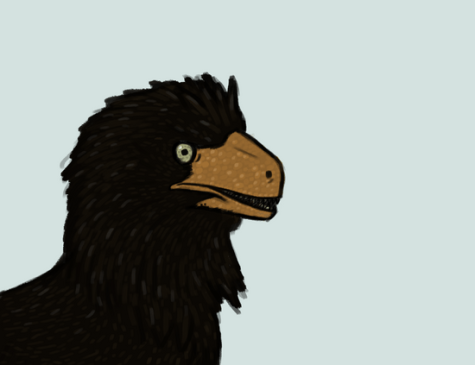
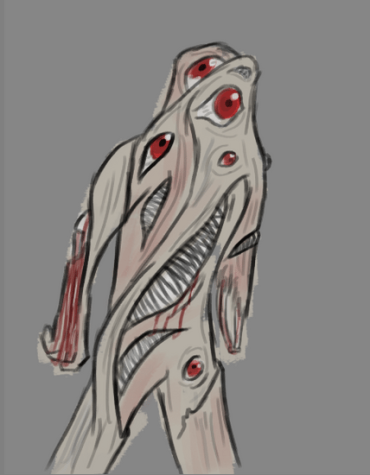
Q3: What mental illnesses/disorders are you aware of having?
A: Maybe ADD/ADHD.
Q4: How has art affected you in regards to mental illness?
A: Not really, I do occasionally get upset that I can’t get ideas down on paper or something doesn’t look the way I wanted it to look.
Q5: Thoughts on the possible effectiveness of art therapy/therapy in general
A: Art therapy might work for other mental illnesses/disorders, but something like ADD/ADHD might not jell as well with it. On therapy I think it’s the same, maybe some therapy would be good to help people deal with it, but I don’t think it’s going to do wonders for ADD/ADHD, although I do think it can very much help other problems.
———————————————————————————————————
Interview 3:
Q1: How is your day?
A: Eh, alright, just slightly boring.
Q2: What do you draw/what do you like about art?
A: I draw eyes and such, and small sketches or doodle, and what I like about art is its stress relieving and it is fun to do.
Q3: What mental illnesses/disorders are you aware of having?
A: I’m diagnosed with anxiety and ADHD, but I have suicidal thoughts and have self-harmed, I possibly have depression and social anxiety but at the same time maybe not, because sometimes not and I often daydream, usually when I’m super super stressed or under pressure.
Q4: How has art affected you in regards to mental illness?
A: It has helped me cope and de-stress and such when I’ve been super stressed or panicky.
Q5: Thoughts on the possible effectiveness of art therapy/therapy in general
A: It can be used as a coping mechanism, help de-stress, vent if needed, to get your emotions out and all of that stuff, you get the point of what I’m saying.
———————————————————————————————————
Interview 4:
Q1: How is your day?
A: I woke up very early, so tired and not motivated to get up really.
Q2: What do you draw/what do you like about art?
A: I mainly draw humans but before, around 2020, I drew a lot of animals and humanoid animals; furries you could call it. I sketch a lot in my notebook and digital drawing program but I prefer traditional sketches rather than digital ones.
Q3: What mental illnesses/disorders are you aware of having?
A: I was only diagnosed with depression through a call with a therapist in 2020, got prescribed medication then dropped it after they ran out. Soon enough, a few months after that, I’m pretty sure I developed depression again and I haven’t taken any medication nor have I seen any therapist ever again.
Q4: How has art affected you in regards to mental illness?
A: It was a really good way for me to practice the thing people say is a talent to me (despite it taking years to draw decently so I’d call it a skill) and I could express the stories or ideas I came up with in my head. One for example was a story about a demon who had two siblings and a friend group containing other demons, which is strange, I know. Not only that, I could do sketches whenever I was feeling down or draw my favorite characters comforting me, and it made me feel relieved or help me calm down a bit.
Q5: Thoughts on the possible effectiveness of art therapy/therapy in general
A: No Idea.
———————————————————————————————————
Interview 5:
Q1: How is your day?
A: It’s okay.
Q2: What do you draw/what do you like about art?
A: Probably 99% of what I draw is just people. I love designing characters and experimenting in different art styles.
Q3: What mental illnesses/disorders are you aware of having?
A: I’m diagnosed with Tourette Syndrome, a tic disorder, and that comes with things such as anxiety, depression, and a couple other neurological disorders that I personally don’t have.
Q4: How has art affected you in regards to mental illness?
A: When my tics get really bad, drawing is one of the only things that makes them stop. Lots of people with Tourette’s will stop ticcing if they’re doing something enjoyable and distracting. I once heard about a girl with Tourette’s who loved ice skating, and her tics (which were normally really bad) completely stopped when she was skating. Drawing also calms my anxiety since it’s something easy for me that I enjoy doing.
Q5: Thoughts on the possible effectiveness of art therapy/therapy in general
A: I’ve never tried actual art therapy, but I’d say it’s probably a good idea for certain people.
———————————————————————————————————
Interview 6:
Q1: How is your day?
A: Meh.
Q2: What do you draw/what do you like about art?
A: I draw animals, people, and horror mainly.
Q3: What mental illnesses/disorders are you aware of having?
A: ADHD, depression, anxiety, OCD, PTSD, autism, and Eating disorders.
Q4: How has art affected you in regards to mental illness?
A: It helped me to be more accepting of myself.
Q5: Thoughts on the possible effectiveness of art therapy/therapy in general
A: I think it could really help people.
———————————————————————————————————
You may have noticed that the person I interviewed second did not have a strictly positive view of art on their disorder. Art, though a helpful outlet of expression for some, may be stressful for others. Even professional artists often take breaks from their art for that reason. Art can give a feeling of expectation, an expectation for something interesting, something pretty, something emotional. Art cannot always capture what you want it to- whether that be due to a mistake, lack of experience, or an avoidance of taking chances and experimenting. It is not for everyone, but that’s alright, as there are always other methods of coping.
When it comes to depression, creativity is a great way to cope, and WebMD provides many good examples for these creative outlets. Self-harm is addictive, but mind provides a way to better understand self-harm as well as ways to distract and delay harming yourself. Suicidal thoughts are hard to ignore, so USA Today News offers help for those with suicidal thoughts through interviews and tactics.
Though life is hard and mental illness only makes it harder, there are still things to help you. They will not magically fix everything wrong, but they will be there to help you when you are at a low and there isn’t anyone to pick you up. Art is helpful to many people, an outlet you can look back on, reflect on, and grow from. Life is tough, and the road is littered with potholes. It may be tempting to just stop, but going forward you’ll find something. It may take a while, but you’ll live, and find a happiness within it. Live, if not for others but to find that happiness.
———————————————————————————————————
Further Research and Sources on Aforementioned Topics:
https://www.ncbi.nlm.nih.gov/pmc/articles/PMC4023515/
https://www.crisistextline.org/topics/self-harm/#what-is-self-harm-1
https://www.nimh.nih.gov/news/science-news/2018/therapy-reduces-risk-in-suicidal-youth
https://www.ncbi.nlm.nih.gov/pmc/articles/PMC6165520/
Depression is common and treatable. If you think you have depression or any other issues, seek treatment from your health care provider as soon as possible or the resources below.
Suicide Hotline: 1-800-273-8255
Crisis Text Line: Text HOME to 741741
Your donation will support the student journalists of Brunswick High School. Your contribution will allow us to purchase equipment. We're a small program with little resources. Our goal is to purchase some updated, and much needed, cameras for the program.










